UX RESEARCH BOOKS
For everyone working on digital products & services

In this article, I list out my favorite research books and how these helped me become a better researcher (and product designer). The article concentrates mainly on books about qualitative research, but of course using quantitative data is equally important, I just haven’t encountered that many great books in that field, I mainly learnt what I know from other resources, like courses and mentors. (Btw. please let me know if you have any recommendations!)
If you want to become a UX researcher (or conduct research as a designer), you should also check out resources from closely related fields, e.g. behavioral economics, cognitive psychology and statistics.
My background in research
During my PhD studies, my research was about the usability of e-government websites and case law databases. While I haven’t completed the final dissertation (luckily I got other design-related work to do 🙂 ), I learnt the “academic way” of doing proper research.
As a freelancer, I worked with a handful of SMEs and startups that were open to add research activities to our collaboration.
Then during my enterprise journey, I lead the research team of a large Hungarian bank, and together with my team, we established all the research processes, created a research repository and gave lectures on conducting research for banking professionals.
So these are my all time favorites, please let me know in the comments what your personal favorites are!
My favorites
✨Just Enough Research by Erika Hall

If you are a product designer, and want to read only one book, this should be it. The key takeaway of Erika Hall’s book Just Enough Research is that you don’t need to overcomplicate the process or do too much research to get useful insights.
Especially recommended for
- educating other professionals, subject matter experts in your team
- researchers and designers who are just starting their journey
- designers looking to add research to their skillset
I really appreciate that Erika also talks about the biases researchers might have: “You can’t eliminate it completely — but the simple act of noting potential or obvious bias in your research process or results will allow you to weigh the results more appropriately.” She lists out the most common biases so that you have a little “checklist” to use. One related resource I love is this talk by Zsuzsa Kovacs: The Problems in Your Head — How Cognitive Biases Affect Your Research
I also very much appreciate that Erika spreads the word about the potentially misleading nature of surveys: this method seems to be so easy, yet it’s very hard to create a survey that can deliver useful insights. “Surveys are the most dangerous research tool — misunderstood and misused.” There is a whole chapter about why you should be very cautious, and what to do if you really must conduct a survey. “A survey should never be a fallback for when you can’t do the right type of research — because designing a good survey is not easy. Surveys are the most difficult research method of all.”
✨Designing for the Digital Age by Kim Goodwin

In the early days of my career, this book has been my Bible. While it is an “older” book, the chapters about research are still very relevant. As the author, Kim Goodwin states, “to solve a problem, you must first understand it”. Maybe it sounds like a cliché, but this is my favorite design quote ever. This book taught me how to
- conduct domain expert interviews
- conduct stakeholder interviews
- plan your research
- observe effectively
- create personas
- approach data modeling
and many more things.
✨Interviewing users by Steve Portigal

Like Just Enough Research, this piece by Steve Portigal also aims to help “everyone who talks to customers”. It is very practical, covers every step of the process, and it is full of great advice. For instance, since I read this book, I almost always use two devices to record interviews. “Does your phone have enough capacity? What happens if a call comes in? Will your batteries last? And are you able to easily monitor the recording status of the app? There’s nothing worse than realizing that your recording device has not actually been recording for the past half hour!”
You can find free downloadable resources here, like a great sample interview guide.

Bonus book: Doorbells, Danger, and Dead Batteries by Steve Portigal — research war stories, a very enjoyable read.
✨The Moderator’s Survival Guide by Donna Tedesco and Fiona Tranquada

The Moderator’s Survival Guide is a toolkit for handling all kinds of tough situations that might come up during your research sessions, e.g. awkward silences, nervous participants and unexpected technical issues (everything can and will go wrong).
The authors, Donna Tedesco and Fiona Tranquada explain how you, as a moderator, can stay calm and keep things on track.
I love the free video library, too: “We created seven companion videos to this book (with the help of some wonderful colleagues). Each video illustrates a moderator putting into practice the moderation tips and patterns listed for one or more situations listed in the book.”
✨Don’t Make Me Think by Steve Krug
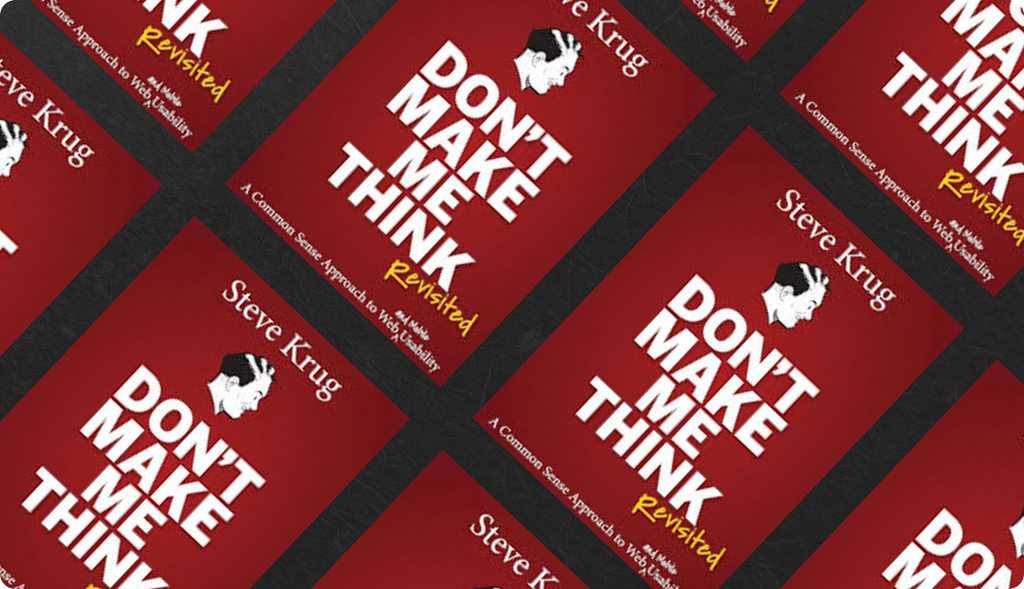
I know, I know. Everyone who puts together a list about the fundamental (UX) design books includes this one. Once a designer friend (Feri Muck) said that this is the book everyone talks about but no one actually reads it. Well, in my case, this one was my “gateway” drug, I read it thanks to the recommendation of my brother back in 2010. And it changed the way I thought about designing websites (and digital products). In my case, this book laid the foundations of usability testing, and I’ll be forever grateful for it.
You should also check out the downloadable materials, e.g. usability test scripts or the instructions for observers.

Bonus book: You can also check out Rocket Surgery Made Easy, I read that one, too, it was a nice addition to Don’t Make Me Think.
Synthesizing our research (and then effectively sharing the results) is an equally important part of the process, this is why I included the following 3 books. (Naturally, some of the above mentioned books also talk about synthesizing your findings, I just wanted to add some more resources that focuses on synthesis).
✨ User Story Mapping by Jeff Patton
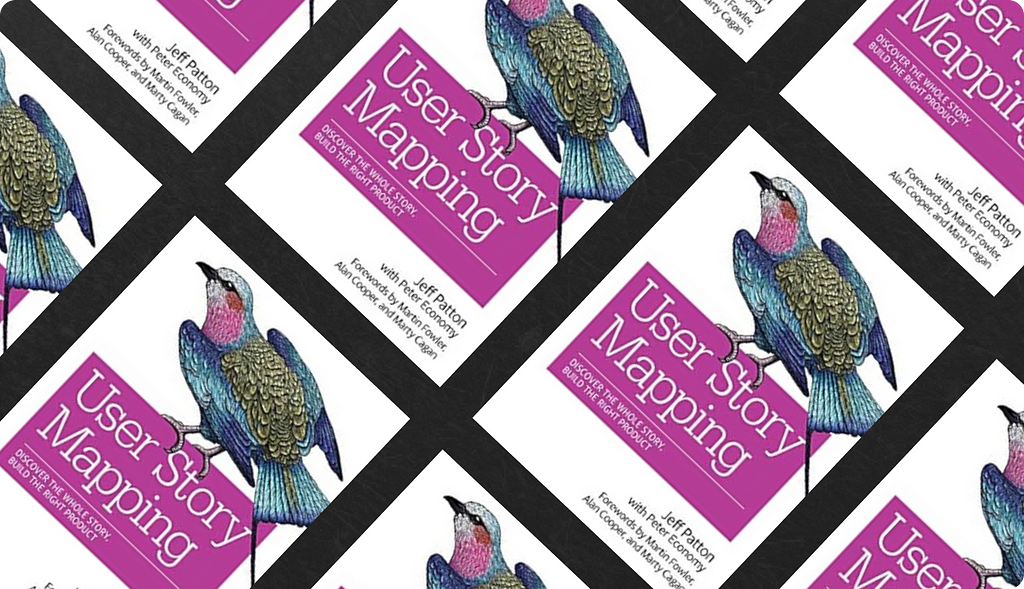
This is the book that has had the most significant impact on my life as a designer. It’s about so many things: systematically approaching a problem, the importance of externalizing our thoughts and collaboration, the art of effective communication with developers and other team members, prioritization and using release slices and so many other topics.
It also contains my all time favorite illustration of the importance of visual thinking:

The reason I mention this book in this article is that you can use story maps to synthesize what you know at a certain point, and you can also discover your riskiest assumptions. (And the book also talks about the validated learning loop — “Build → Measure → Learn” — popularized by Eric Ries in his Lean Startup book.)
✨ This is Service Design Doing

Naturally, this book is also about the foundations of service design, the importance of innovation, the main challenges organizations face, but there is also a huge chunk that’s about methods that might help you synthesize research findings (alongside with what you / your team and your stakeholders think they know — using the term applied in the Lean UX book: “our best guesses”).
While you won’t get a deep dive on the tools and methods mentioned in the book, you’ll get a great overview — accompanied by real life stories and experiences of many-many professionals who contributed to this book.
There is also a free online library of 54 method descriptions.

✨ Mapping Experiences by James Kalbach
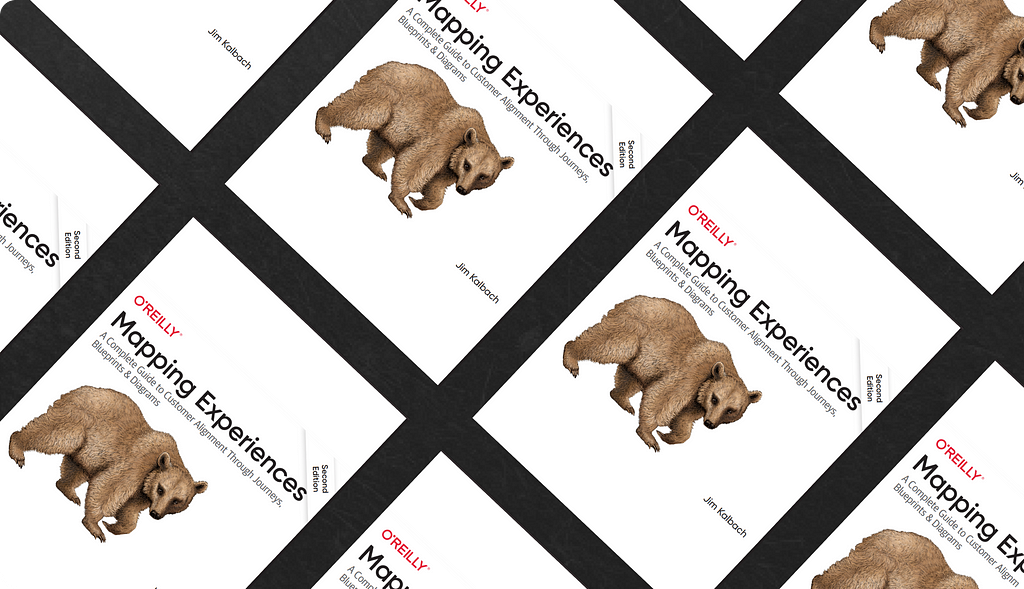
Maps are basically sense-making tools. There are many-many different map types and canvases you can use, and you can always combine these methods. Mapping Experiences by James Kalbach lets you discover some of the most common map types like: service blueprints, customer journey maps, experience maps, ecosystem maps and so on. I’d like to highlight that the book offers much more than just explaining these methods: among other topics, it discusses the process of mapping, mapping strategy and value proposition, visualizing employee experience, and it also contains many-many real life examples, like the guest experience map of booking.com.

As I mentioned, you should learn about human behavior, too, so I included my 2 favorite behavioral design books.
✨Thinking, Fast and Slow by Daniel Kahneman
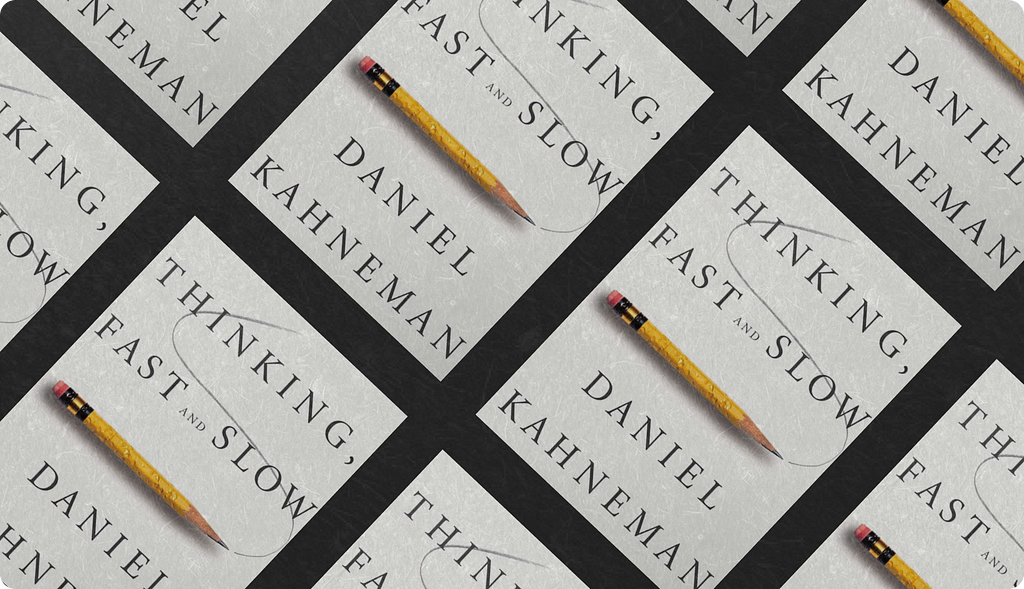
I “consumed” this book in 2018, reading it was part of my morning routine, and I found it fascinating. I know that this is a huge book, and maybe not the easiest read, but if you are interested in how we think (my sketch about deliberate friction briefly summarizes system 1 and system 2 thinking), how we make decisions, and you want to discover an epic treasure chest of human behavior studies, you shouldn’t skip this one. (If you want to get a taste of the knowledge included in this book, watch this 1-hour long video first.)
✨Predictably Irrational by Dan Ariely
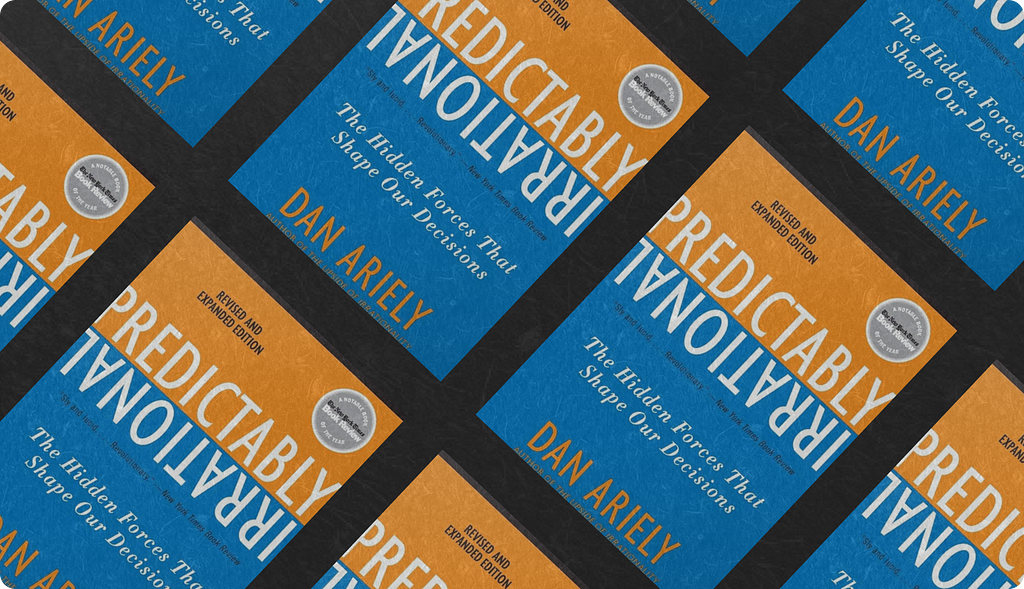
Another great piece on how humans make decisions. We might assume that we behave rationally, but in reality, we make many mistakes, and let different kinds of subconscious factors influence our decisions.
“If I were to distill one main lesson from the research described in this book, it is that we are pawns in a game whose forces we largely fail to comprehend. We usually think of ourselves as sitting in the driver’s seat, with ultimate control over the decisions we make and the direction our life takes; but, alas, this perception has more to do with our desires — with how we want to view ourselves — than with reality.”
I captured one of Dan Ariely’s experiments described in this book in my sketch and article about The Decoy Effect.
Note: if you want to read more behavioral design books, Habit Weekly put together a great list of 100 books, organized into 4 categories (levels).
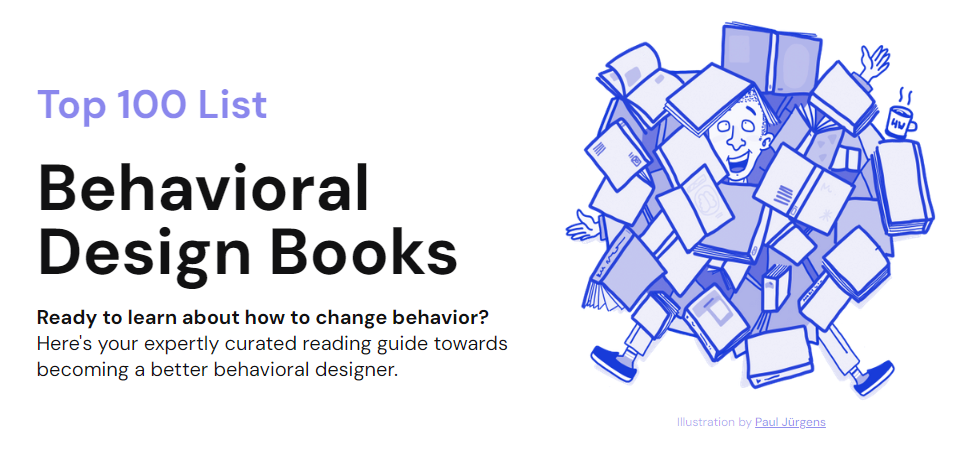
🌟Honorable mentions
The Mom Test by Rob Fitzpatrick

The Mom Test by Rob Fitzpatrick is a very practical little book that you can read in one sitting.
“People say you shouldn’t ask your mom whether your business is a good idea. That’s technically true, but it misses the point. You shouldn’t ask anyone whether your business is a good idea. […] The Mom Test is a set of simple rules for crafting good questions that even your mom can’t lie to you about.”
It’s a great book for beginner researchers and for educating stakeholders. You can also use it as a teaching material, e.g. there is a nice “good question / bad question” exercise included.
It also highlights that bad questions and bad interview scripts lead to bad research data: “Bad data gives us false negatives (thinking the idea is dead when it’s not) and — more dangerously — false positives (convincing yourself you’re right when you’re not).” The book lists out 3 types of bad data: compliments, fluff and ideas.
Think Like a UX Researcher by David Travis & Philip Hodgson

I encountered this book only a couple of years ago (the 1st edition was published in 2019), I already had many years of experience, so it wasn’t a revelative read in my case, however, I believe that this could be a great companion for anyone who want to learn the fundamentals of UX research.
The book summarizes some essentials in a simple and easy-to-understand way, e.g. read these couple of sentences: “Our definition of a successful UX research study is one that gives us actionable and testable insights into users’ needs. It’s no good asking people what they like or dislike, asking them to predict what they would do in the future, or asking them to tell us what other people might do. The best way of gaining actionable and testable insights is not to ask, but to observe. Your aim is to observe for long enough that you can make a decent guess about what’s going on. Asking direct questions will encourage people to make things up, not tell you what is actually going on. There are two ways to observe. We can observe how people solve the problem now. Or we can teleport people to a possible future and get them using our solution (a prototype) to see where the issues will arise. The key point is: What people say is not as useful as what people do, because people are unreliable witnesses.” I could talk about the concepts and fundamentals mentioned here for hours, but at the same time, it beautifully captures some of the most important foundations you should understand if you want to become a better researcher.
The book also offers useful mental models on how to approach research activities, e.g. “think like a detective”:
“Here are some things we can learn from Holmes’s approach that can help our UX research thinking:
• Focus on the problem not the solution.
[…]
• Find out what your colleagues and your company already know.
• Do an archival search — start by reading any prior research reports.
• Interview team members and stakeholders.
• Use a checklist to collect background information in a systematic manner.
• Leave nothing to guesswork.”
Practical Data Dictionary by Tomi Mester

Do you want to efficiently collaborate with your team and your stakeholders? Having a shared vocabulary is key — Tomi Mester’s goal was “to create a dictionary which unifies the most important data expressions and places them within a clear framework.”
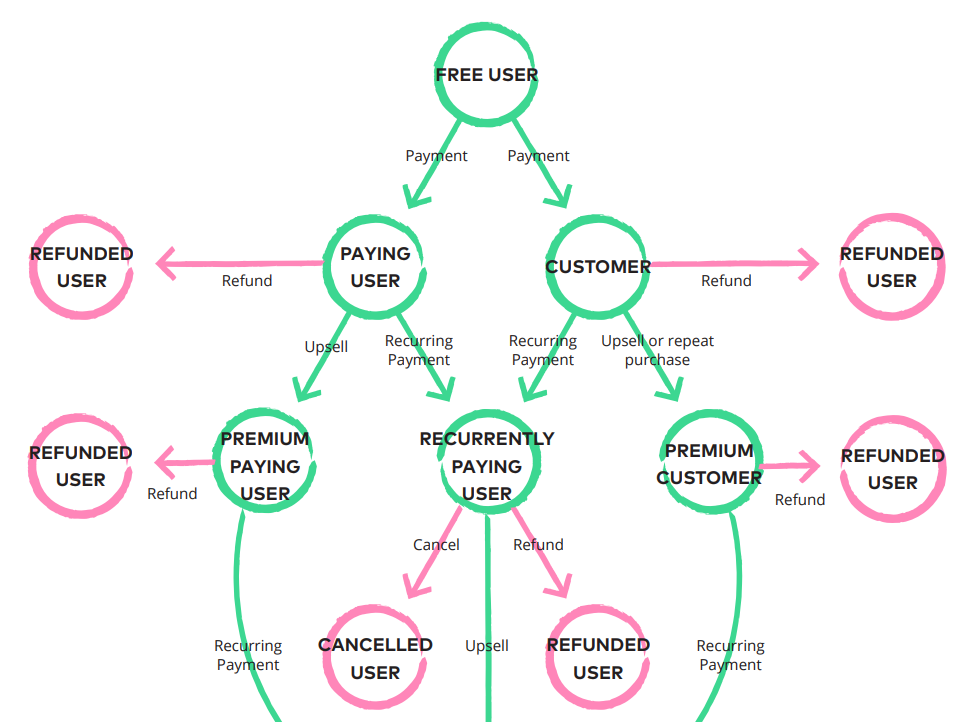
Card sorting by Donna Spencer
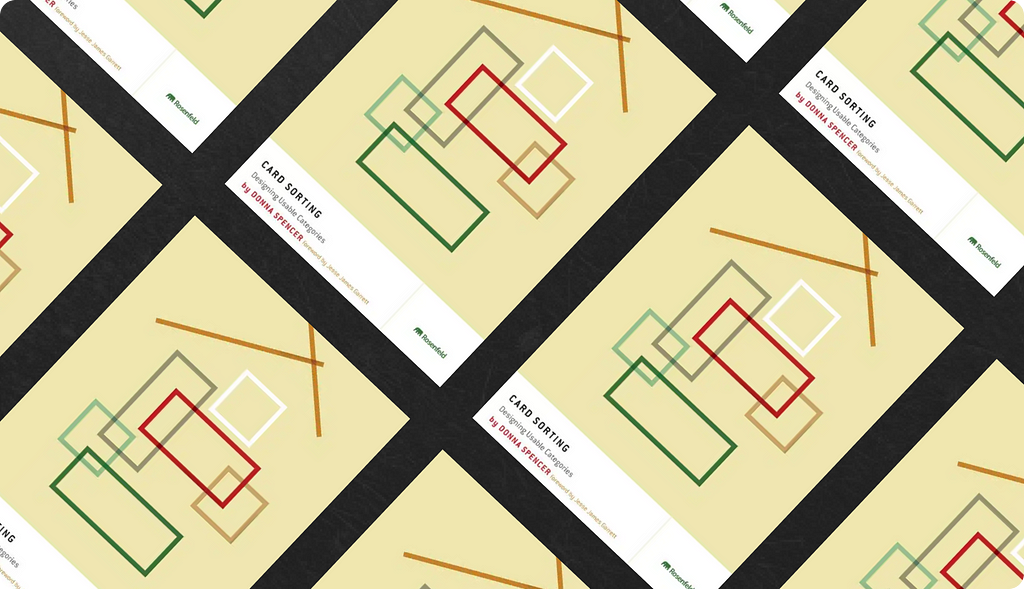
I firmly believe that UX research shouldn’t only be about conducting user interviews and usability tests. There are many-many more methods you can apply, just to name a few more method I like, there is card sorting, tree testing, fake door testing, contextual inquiry and diary studies. This article is about books, so I won’t list out all the resources that helped me master these methods, but there is one book I really want to mention here: Card Sorting by Donna Spencer is a short, to-the-point, easy read that’ll help you avoid the most common pitfalls of constructing a card sorting research. For instance, you should avoid the so-called pattern matching: “Participants often put things together based on pattern matching of words, and a frequently used word gives them an easy (and potentially misleading) way to group content.”
I also learned about the concept of “basic-level categories”:
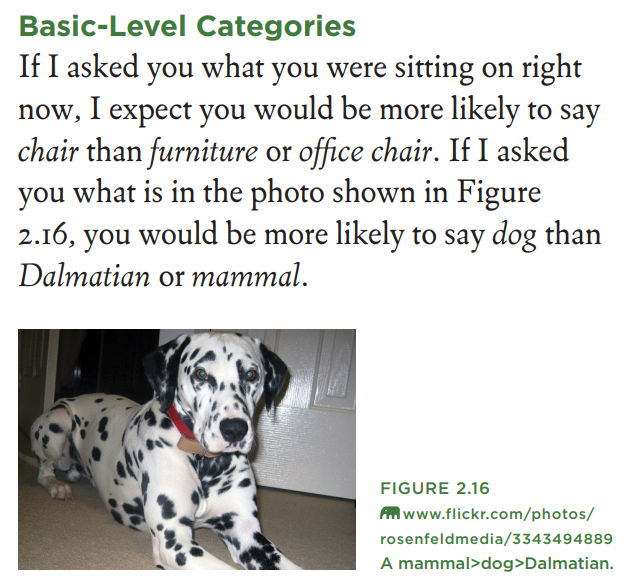
(Btw. you might think that card sorting (and tree testing) are mainly quantitative methods, however, I have experience with conducting “qualitative” versions of these: I apply an interview setting, and I ask questions before, during and after the exercise.)
Quantifying the User Experience: Practical Statistics for User Research by Jeff Sauro and James Lewis

“The primary purpose of this book is to provide a statistical resource for those who measure the behavior and attitudes of people as they interact with interfaces”
I have to admit I haven’t read this one cover to cover, but it helped me many times when I wanted to understand a specific concept.
While this article is about books, I can’t leave out this awesome piece by Shane Gryzko: if you want to add quantitative UX research to your skillset, check out his recommendations.
How to get started with quantitative UX research
Listen Like You Mean It by Ximena Vengoechea

Listening and asking questions is like creating a survey. You might think it is easy, but it’s a completely false assumption. Asking the right questions at the right time, then listening effectively is a skill that’s hard to master and requires lot of practice. This book explains you the theory of listening and moderating successfully:
“In part I of this book, we’ll explore the conditions for successful listening — an open mind, deliberate attention, and keen observation. In part II, we’ll focus on how to best navigate the conversation as it unfolds. I’ll reveal research moderating tips and tricks of the trade, like how to identify unmet needs, when and how to advance conversations, and how to create space for others to share their honest concerns, troubles, personal hopes, and dreams. And because listening can take a lot of energy, in part III, I’ll share how we can support ourselves in our listening practice and recover from intense conversations.”
One more thing I love about this book is the amazing visuals, e.g.:

Bonus: Lean UX by Jeff Gothelf & Josh Seiden

I wouldn’t say that Lean UX is a UX research book, but it has taught me so much about product development processes and the idea of ongoing research.

📚 Do you know about any other UX research books I should check out? Please let me know, I might feature it in this article! Additionally, I’m sure I incidentally left out some books I love, so treat this article as a living document, I’ll certainly update it in the future.
I used the book mockup template by Harsh (his Figma Community profile), thanks!
My favorite UX research books & why I love them was originally published in UX Planet on Medium, where people are continuing the conversation by highlighting and responding to this story.